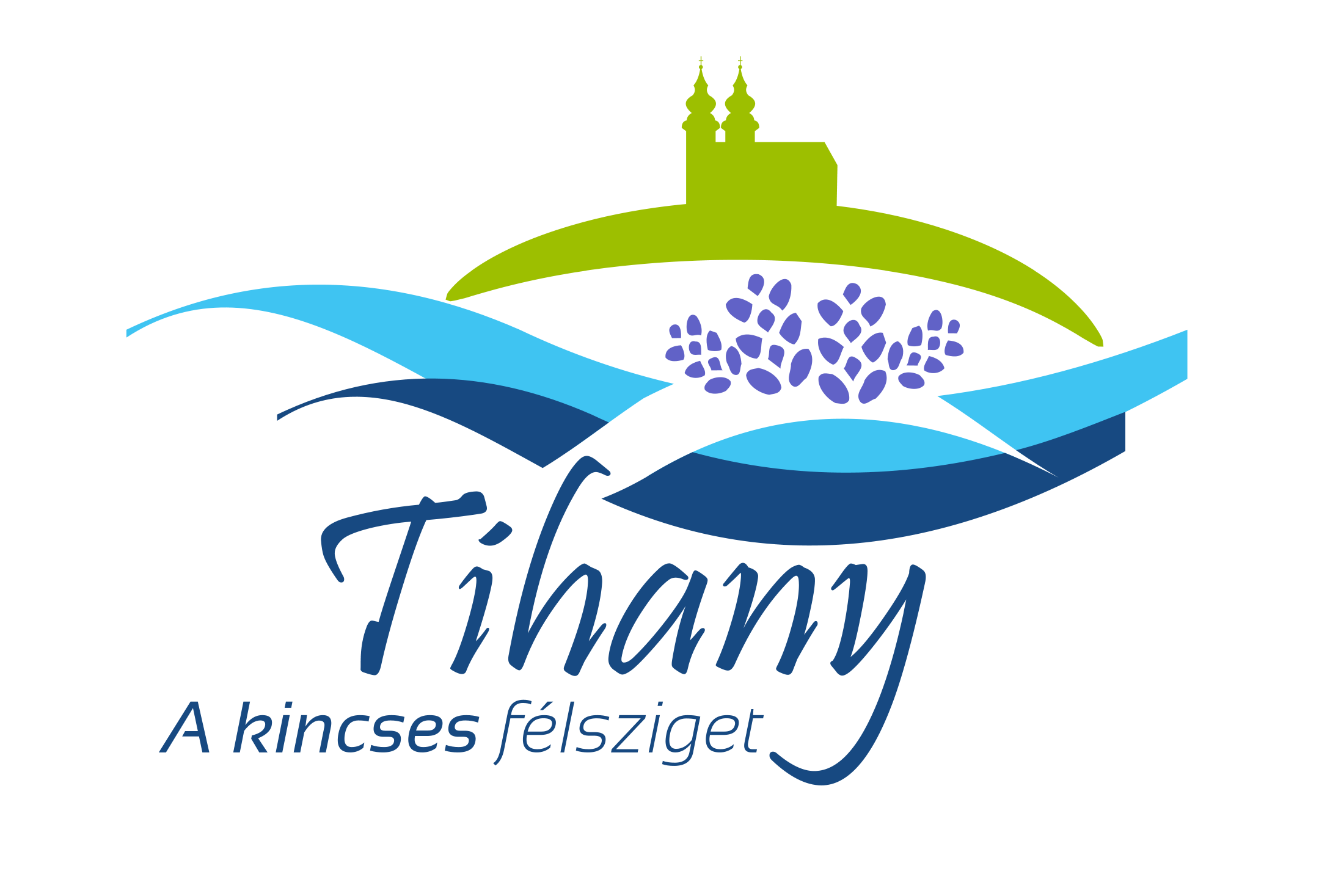In Tihany, between Batthyány Street and Pisky Promenade, the idea was raised in the 1930s about the curved columned Farmer's House and Fisherman's House that they should be shown to the public as a country houses.
However, the realization of the museum function only took place in the 1960s, when the mentioned two buildings were continuously restored and furnished. The last, large-scale development was completed by 2022.
The aim of the museum was to present folk construction and lifestyle. Stone was the main building material in the Balaton highlands and the Bakony area. In the settlement, folk con-struction developed a local style: the peaked wall representative of simple unplastered basalt stone masonry, with a whitewashed frame around the window. This is how the house in Ti-hany is immediately recognizable and can be distinguished from other forms of construction in the village.
According to the records, the Farmer's House had only two rooms between 1797 and 1820, with an open porch at the front. The building was restored in 1965. The house has a kitchen with an open chimney, as well as a furnished room. The narrow pantry opens a few steps down from the kitchen. The room created from the porch of the farmhouse is one of the most special rooms. Exiting the building, on one side there is an open shed, a carriage house, and a pig pen. The exhibition also commemorates Mrs. Pál Pintér, a former Tihany resident, Aunt Lidi.
The Fishermens’ Guild House (Halászcéh Ház) is the only remaining fisherman's house in Transdanubia. This building fulfilled the functions of the guild house. The guild members held their meetings here, the guild chest, the guild jar and the guild seal were kept here.
The first written record of fishing in Balaton, in 1055, can be found in the charter of Tihany. Tihany was considered a fishing village in the 1800s. The XVIII-XIX. century data shows the outstanding role of Balaton fishing, especially the importance of winter, under-ice fishing. Garda fishing in Tihany can be called a local specialty. Catching the fish you saw was an interesting and typical way of fishing in the settlement.
The object descriptions do not contain dry, objective descriptions, but by highlighting the interesting things (beliefs, customs, makers, how they are used, etc.) and with quotes from Aunt Lidi, visitors can look behind the scenes.
 English
English  Čeština
Čeština  Nederlands
Nederlands  Polski
Polski  Magyar
Magyar  Deutsch
Deutsch 









